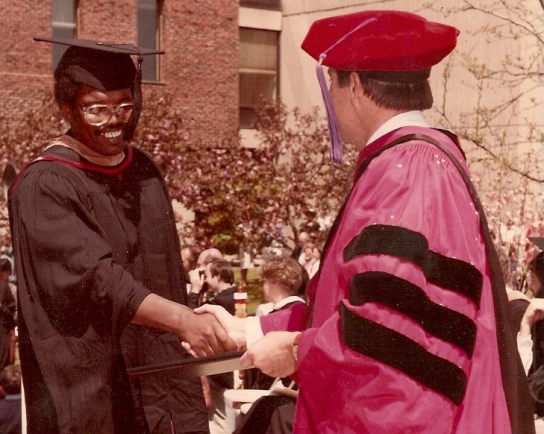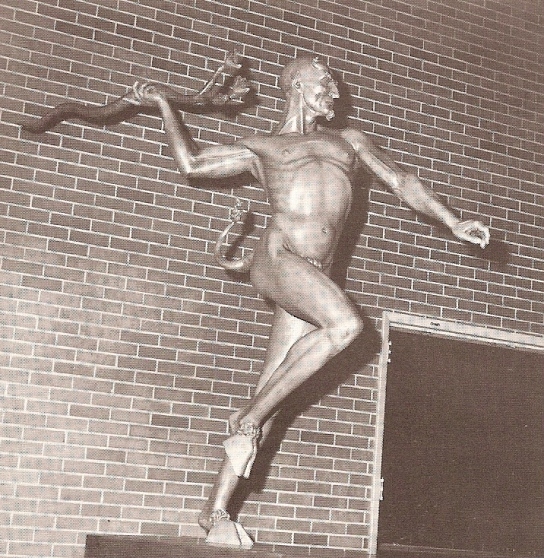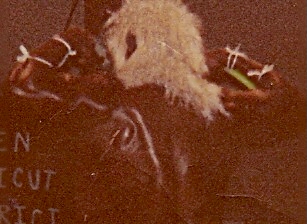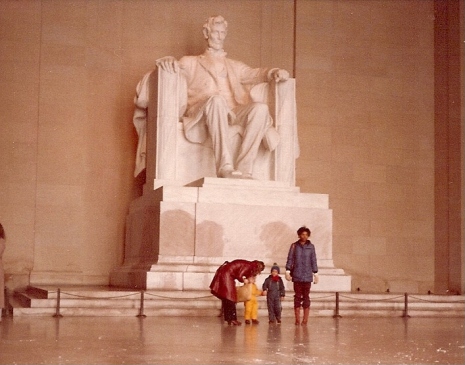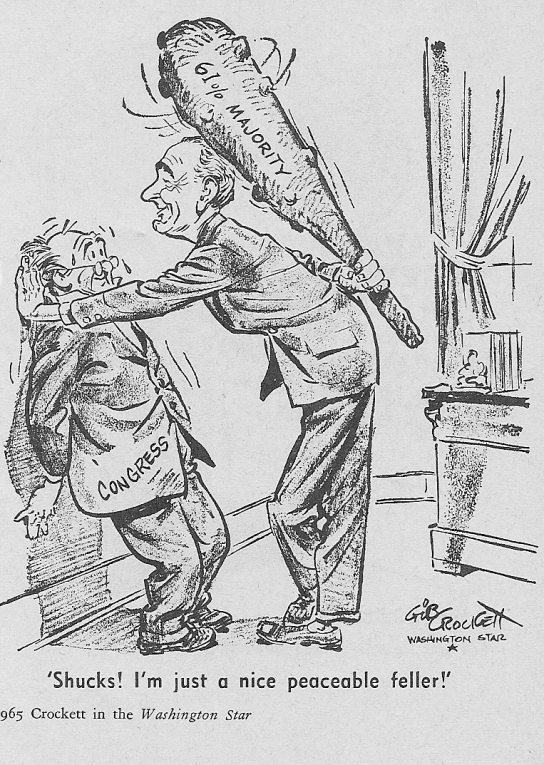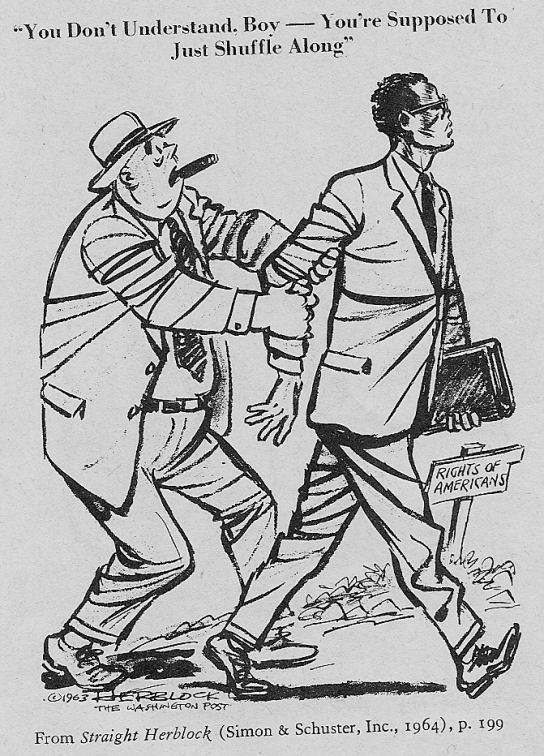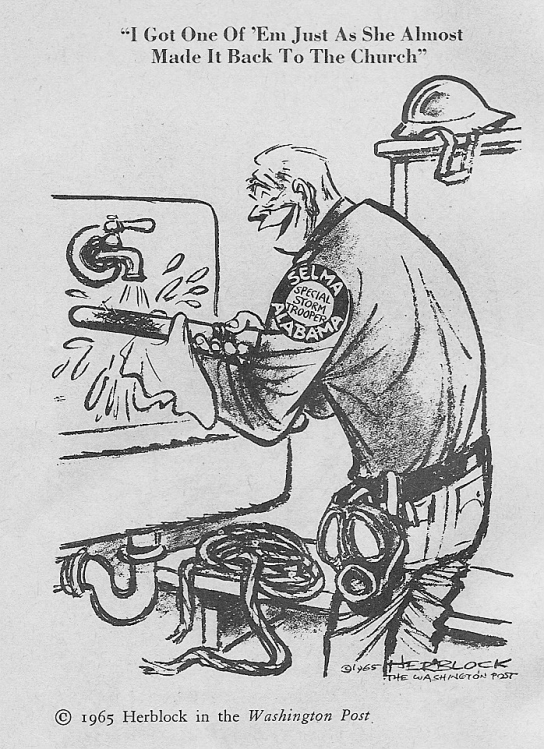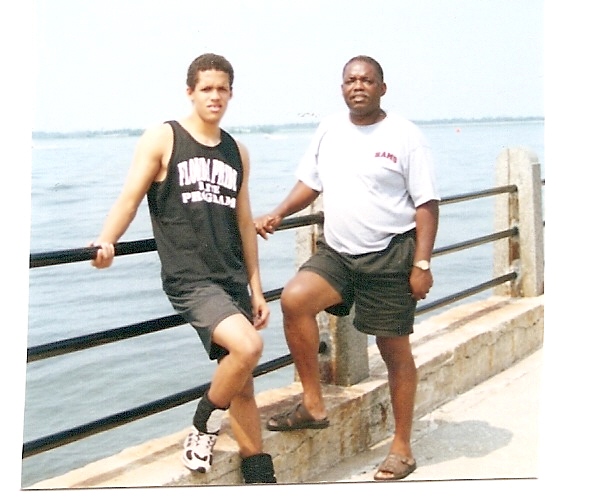According to Yates Snowden, LL.D. , editor of five volumes on the History of South Carolina; in June of 1822 Denmark Vesey, and 34 co-conspirators, were arrested in Charlestown, S.C. and charged with "attempting to raise an insurrection among the blacks against the whites":
... Two courts were formed for the trial of the conspirators,... Of about 150 cases brought before the first court for trial, 34 were condemned to death and 37 to transportation beyond the limits of the State. Among those who received the death sentence were Denmark Vesey,...Peter Poyas,...and Gullah Jack...
Two courts were formed for the trial of the conspirators,... Of about 150 cases brought before the first court for trial, 34 were condemned to death and 37 to transportation beyond the limits of the State. Among those who received the death sentence were Denmark Vesey,...Peter Poyas,...and Gullah Jack...
In the 2nd court one (1) was sentenced to death, 7 to transportation, and the remaining accused were dismissed.
The trials lasted from the 17th of June to the 8th of August, 1822. And of the negroes convicted, 35 received the death sentence, and 34 were banished from the State.
Of those hanged,... three were Governor Bennett's slaves...Vesey and Poyas met their death with firmness, refusing to make any statement whatsoever.
(Volume I, page 557)
What makes Denmark Vesey a hero is the fact that he was a "Free" man who dared speak of freedom, irrespective of color, during a period of institutionalized slavery.
How wide spread his message was, we do not know: Not much beyond the Charleston Harbor area would be an educated guess.
The State Legislature approved the manumission of one Peter Desverneys for disclosing the Denmark Vesey Conspiracy (1 man freed, 35 hanged).
Further evidence that the conspiracy, to the extent that there was one, was not very wide.
The nature of slavery was such that a slave would sell-out his own mother, if it meant freedom. The fact that only one individual was set free, further speaks to a limited conspiracy; if any.
Compare/Contrast this to the "conclusions" of John Napp & Wayne King in their book United States History, published in 1998 by American Guidance Services, Inc. and used in traditional Middle School classrooms:
...Having heard of a possible revolt by the slaves of that city, the authorities prepared for trouble. A group of 9,000 people led by freed slave Denmark Vesey had planned to attack several South Carolina cities...
Update on Sunday, February 8, 2009 at 11:37AM by
 [JL Harris]
[JL Harris]
For a little more indepth treatment of "the Denmark Vesey Conspiracy" see Larry Koger's Black Slaveowners, Chapter 9.
The disappointing aspect of this account (Koger's) is that, like Professor Snowden, it starts with a false premise (that a conspiracy existed), and projects from there:
It ask you to believe that an ignorant(no common language) enslaved people was capable of striking fear in the hearts and minds of a well armed militia.
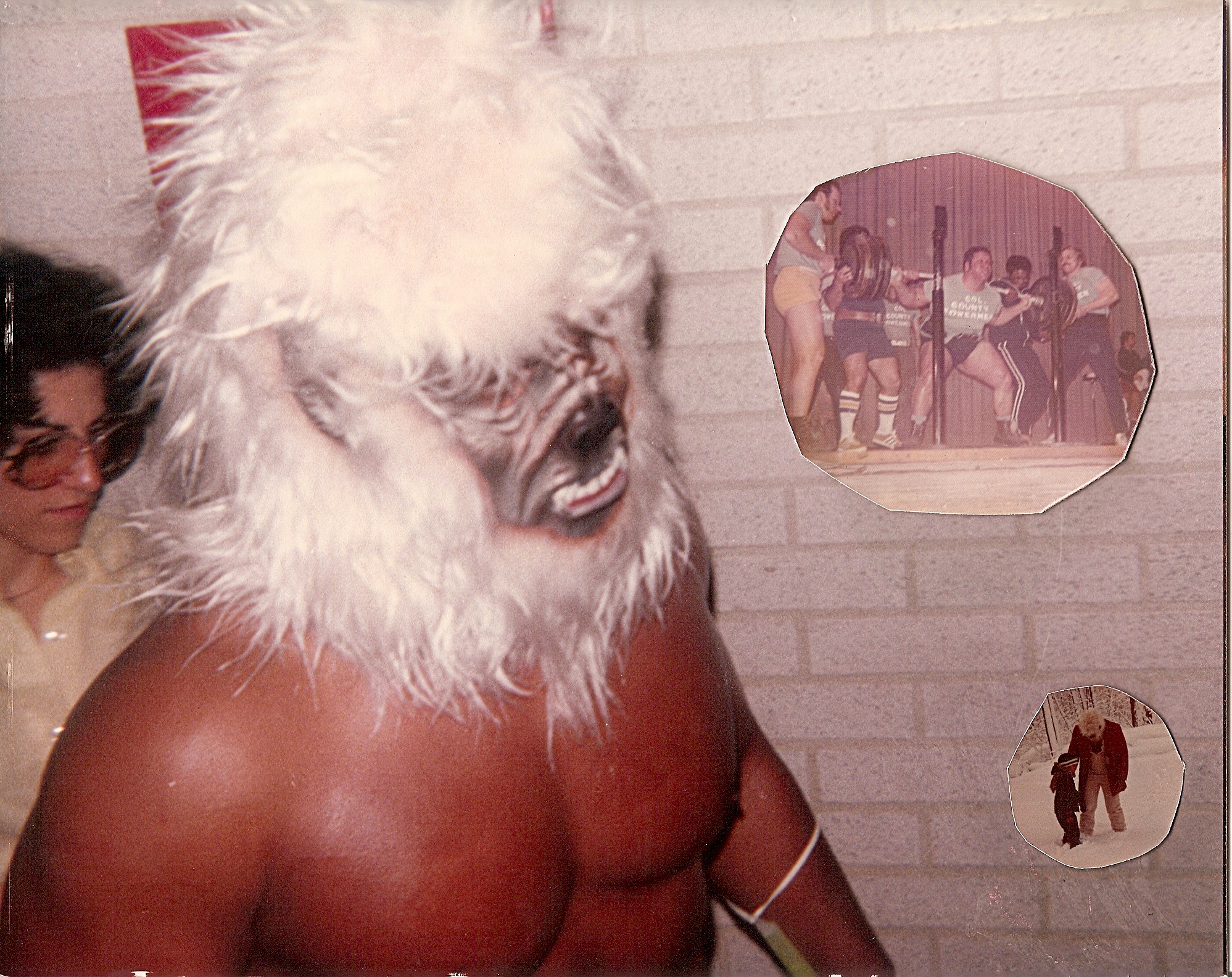 The hanging of Denmark Vesey and his alleged co-conspirators was a shocking reminder, to the colored people, of what happens to anybody dreaming of freedom:
The hanging of Denmark Vesey and his alleged co-conspirators was a shocking reminder, to the colored people, of what happens to anybody dreaming of freedom:
The third step in the training of slaves was to awe them with a sense of their master's enormous power.
The only principle upon which slavery could be maintained, reported a group of Charlestonians, was the "principle of fear".
[See Chapter 4: To Make Them Stand in Fear, of Professor Stampp's book The Peculiar Institution]
Now revisit the Sixties and take an objective look at the implications of the death of Martin Luther King.
 Wednesday, October 27, 2010 at 09:26AM
Wednesday, October 27, 2010 at 09:26AM 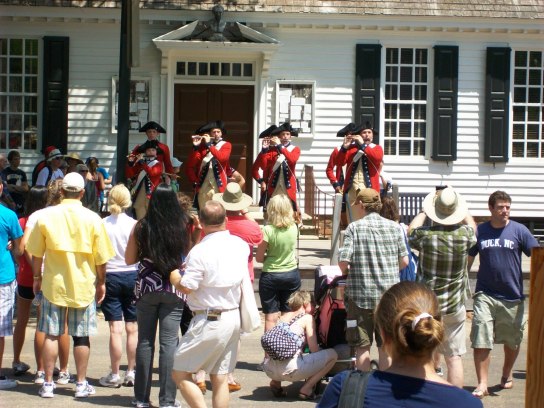 Colonial re-enactment _ Colonial Williamsburg, Virginia 2010
Colonial re-enactment _ Colonial Williamsburg, Virginia 2010 

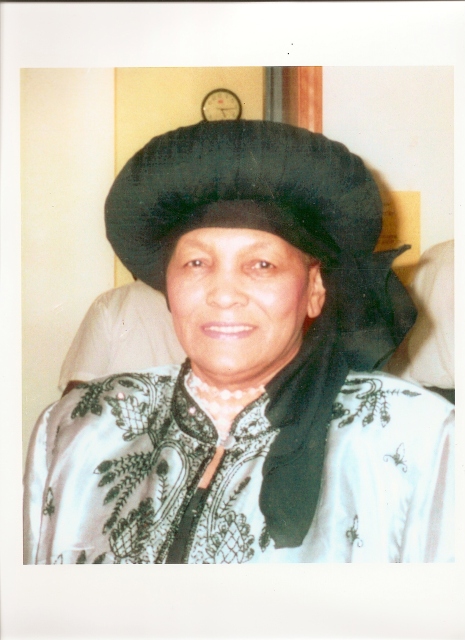 Doshia Greene Bowling
Doshia Greene Bowling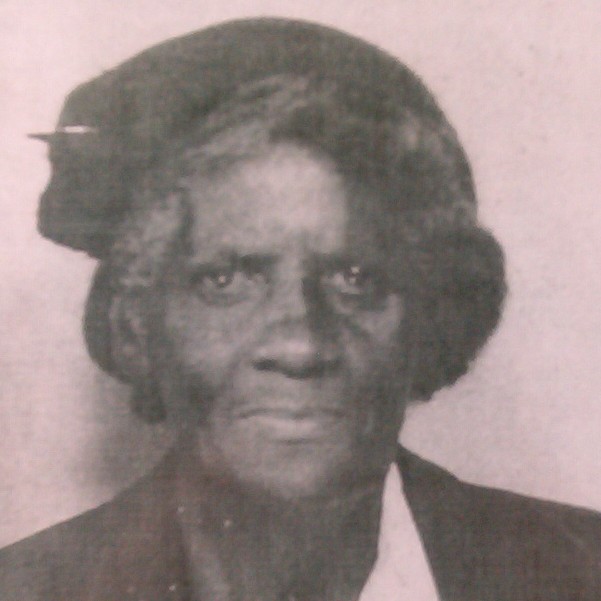
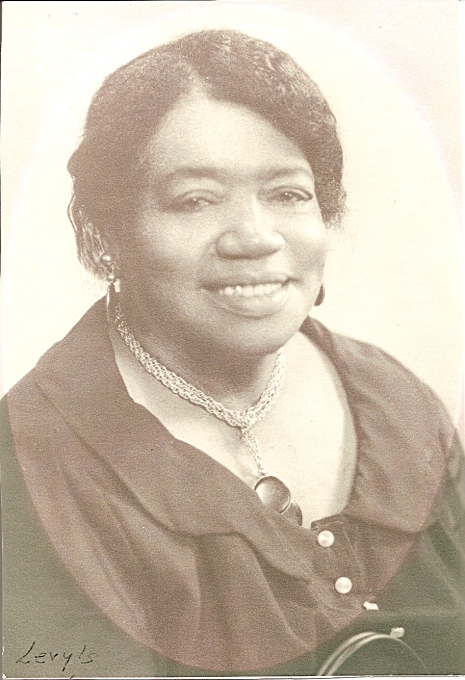
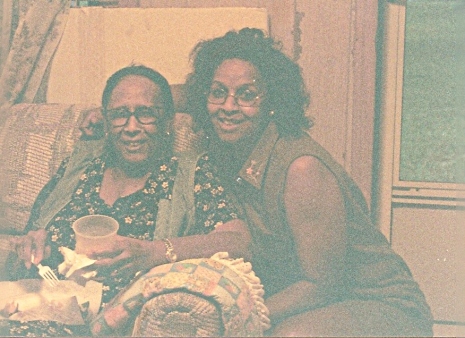
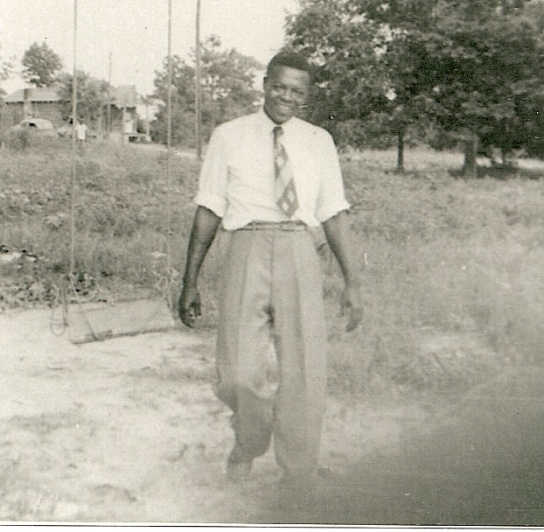
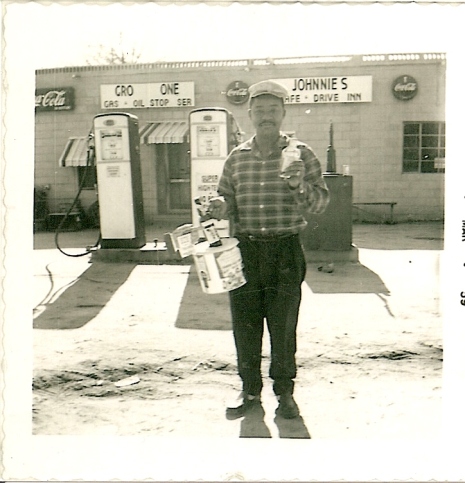
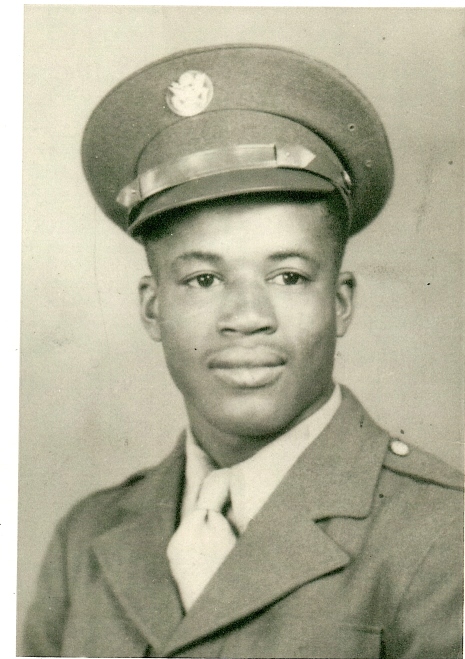
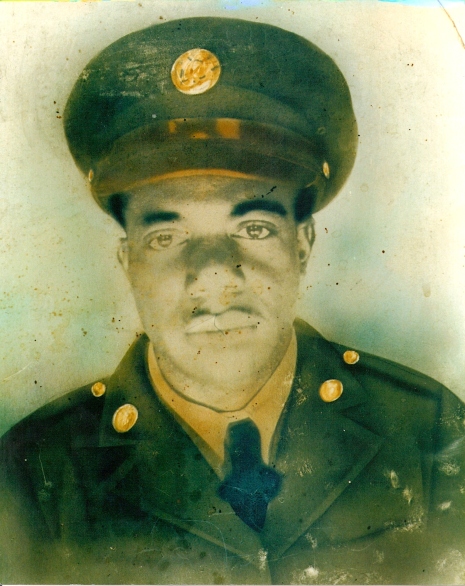

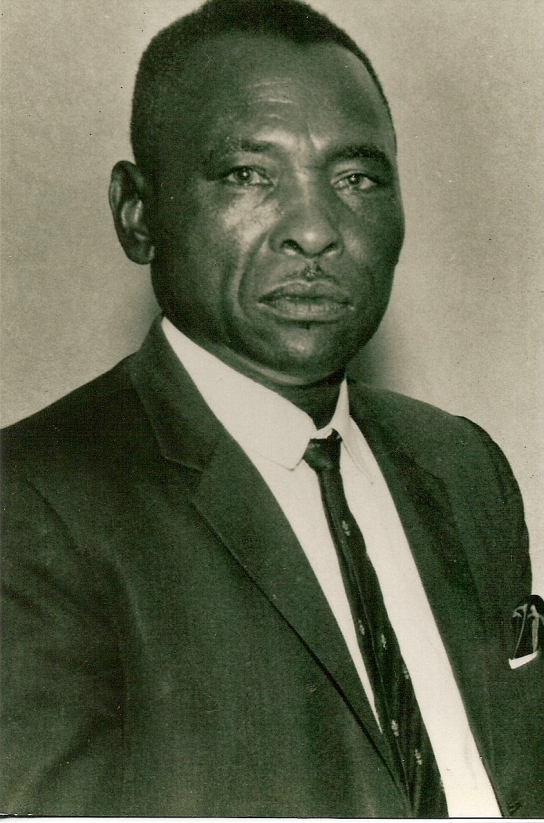
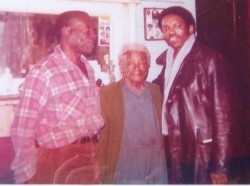 Sunman, Bigmama, & Johnnie Lee 1979
Sunman, Bigmama, & Johnnie Lee 1979